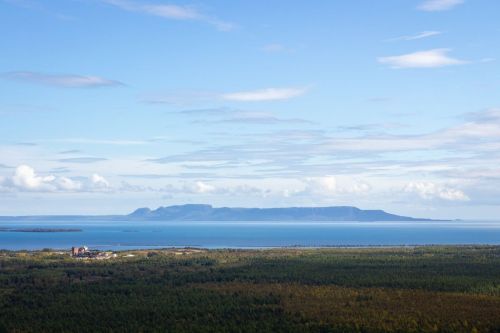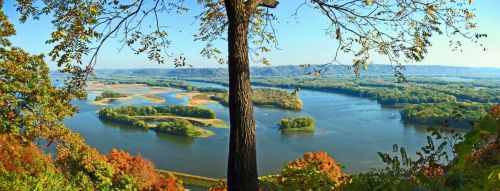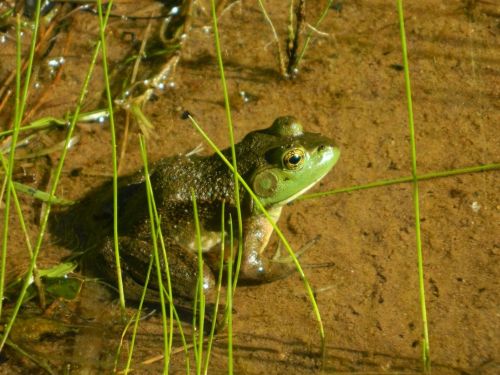25 facts about Charles Darwin
Charles Darwin was one of the most influential figures in human history. The co-author of the theory of evolution, Alfred Russel Wallace, declared tha ...
Christopher Columbus, the traveler and sailor, was very passionate about sea voyages. The opportunity to explore the distant, unknown world was the guiding principle of his life and he devoted himself to it. Guided mainly by intuition, he made significant discoveries, and although it is believed that he was not aware of these achievements, his diaries prove otherwise.













